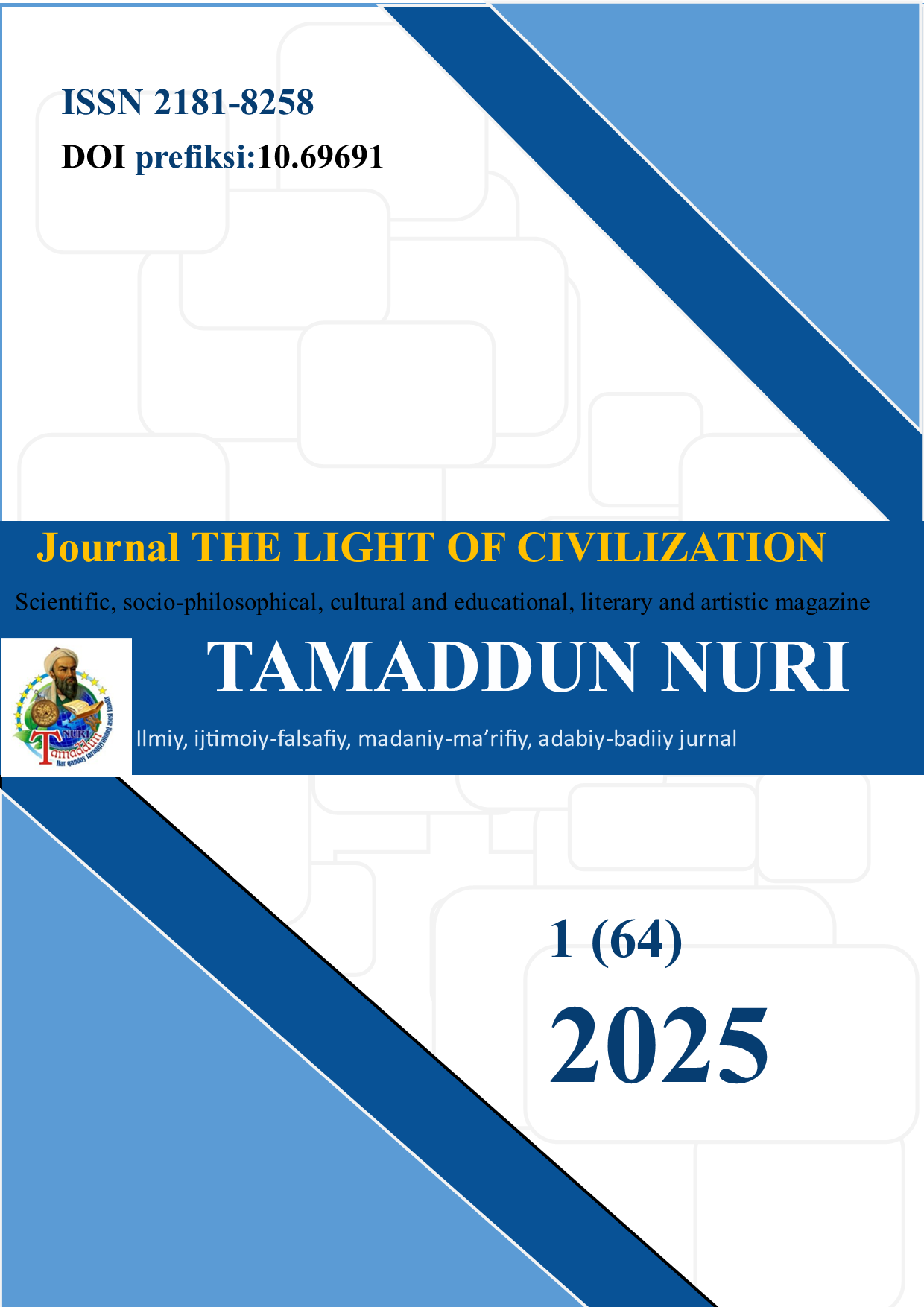ТАНЕЦ КАК ИСТОРИЯ В ПРОИЗВЕДЕНИЯХ ПИСАТЕЛЕЙ КОРЕННЫХ АМЕРЕКАНЦЕВ
DOI:
https://doi.org/10.69691/6m0wfd64Ключевые слова:
коренной американец, танец, история, америка, фольклор, романАннотация
Статья посвящена анализу Танца призраков, описанного в романах коренных американских писателей. В романах этих писателей прослеживается интеграция истории Танца призраков и современной американской жизни. Писатели обращаются к истории коренных американцев и описывают процесс превращения Танца призраков в танец травы. Анализ использования исторических источников в романах коренных американских писателей демонстрирует самобытность индейцев и то, как она отражается в различных цветах и движениях индейских танцев.
Библиографические ссылки
Coleman W. The Voices of Wounded Knee. −Lincoln: Nebraska university Press, 2000. − 350 p.
Cox J. Muting white noise: the subversion of popular culture narratives of conquest in Sherman Alexei’s fiction. // Studies in American Indian literatures 9.4, 1997. − P. 52-70.
Hittman M. Wovoka and the Ghost Dance. Lincoln: University of Nebraska, 1997. − P. 102
Kihoe A.B. The Ghost Dance: Ethno history and Revitalization. − Ford Worth: Holt, 1989. –P. 28.
McLaughlin J. My friend the Indian. 1910. − Lincoln: Nebraska University Press, 1989. – 185 p.
Mooniy J. The Ghost Dance. North Dighton. − Washington: Government printing office. – P. 63-64.
Sherman A. The Business of Fancy Dancing. − Brooklyn: Hanging Loose P 1992. –P. 310.
Sherman A. A drug called tradition. − New-york: Atlantic, 1993. –P. 182.
Vizenor G. Manifest manners: narratives on post Indian survivance 1994.
− Lincoln: Nebraska university Press, 1999. – 350 p.
Загрузки
Опубликован
Выпуск
Раздел
Лицензия
Copyright (c) 2025 Журнал Тамаддун Нури

Это произведение доступно по лицензии Creative Commons «Attribution-NoDerivatives» («Атрибуция — Без производных произведений») 4.0 Всемирная.



